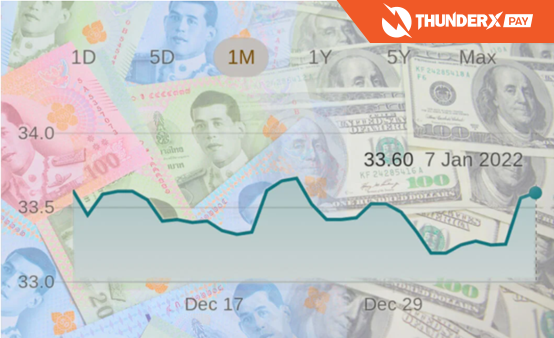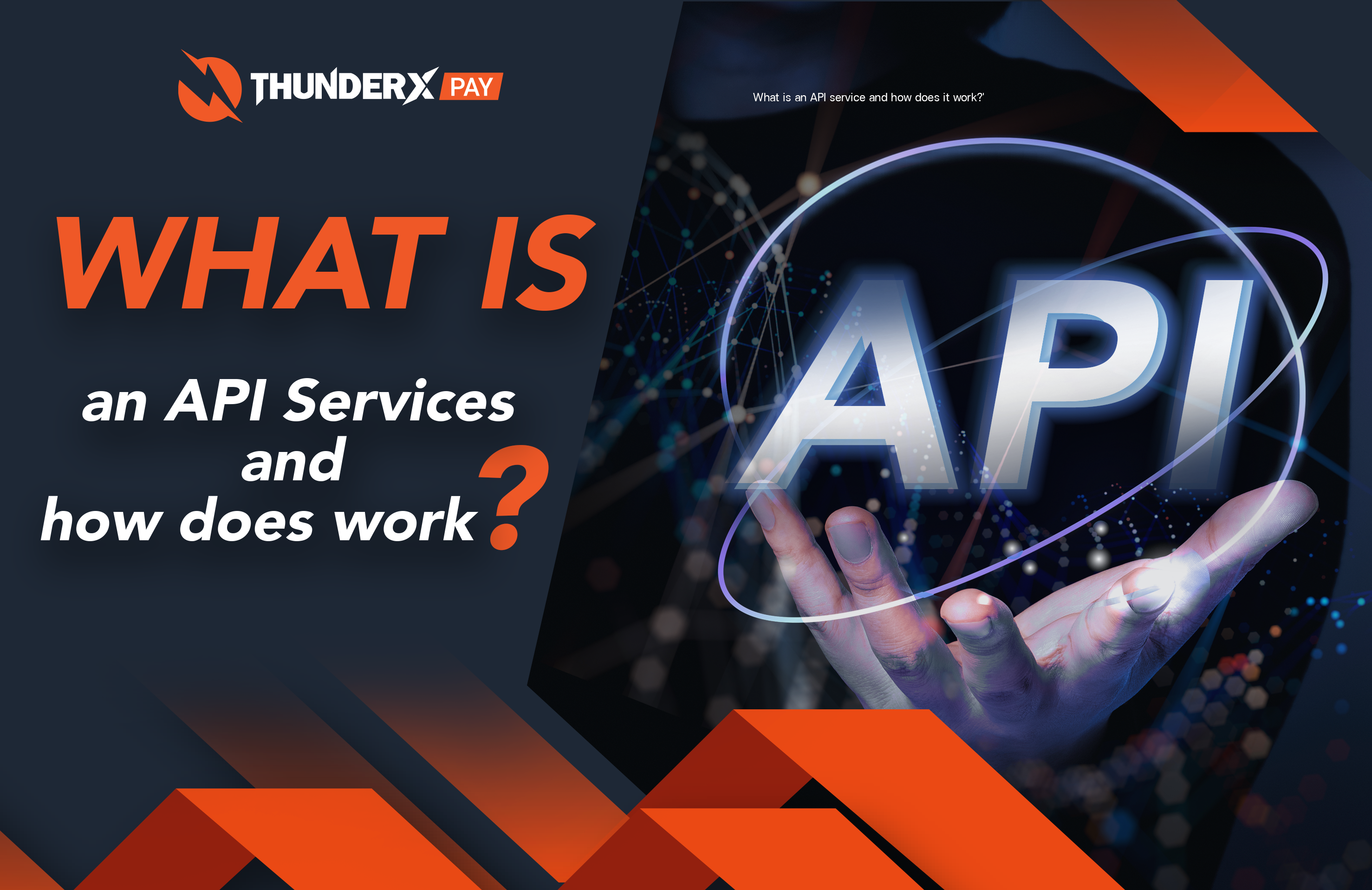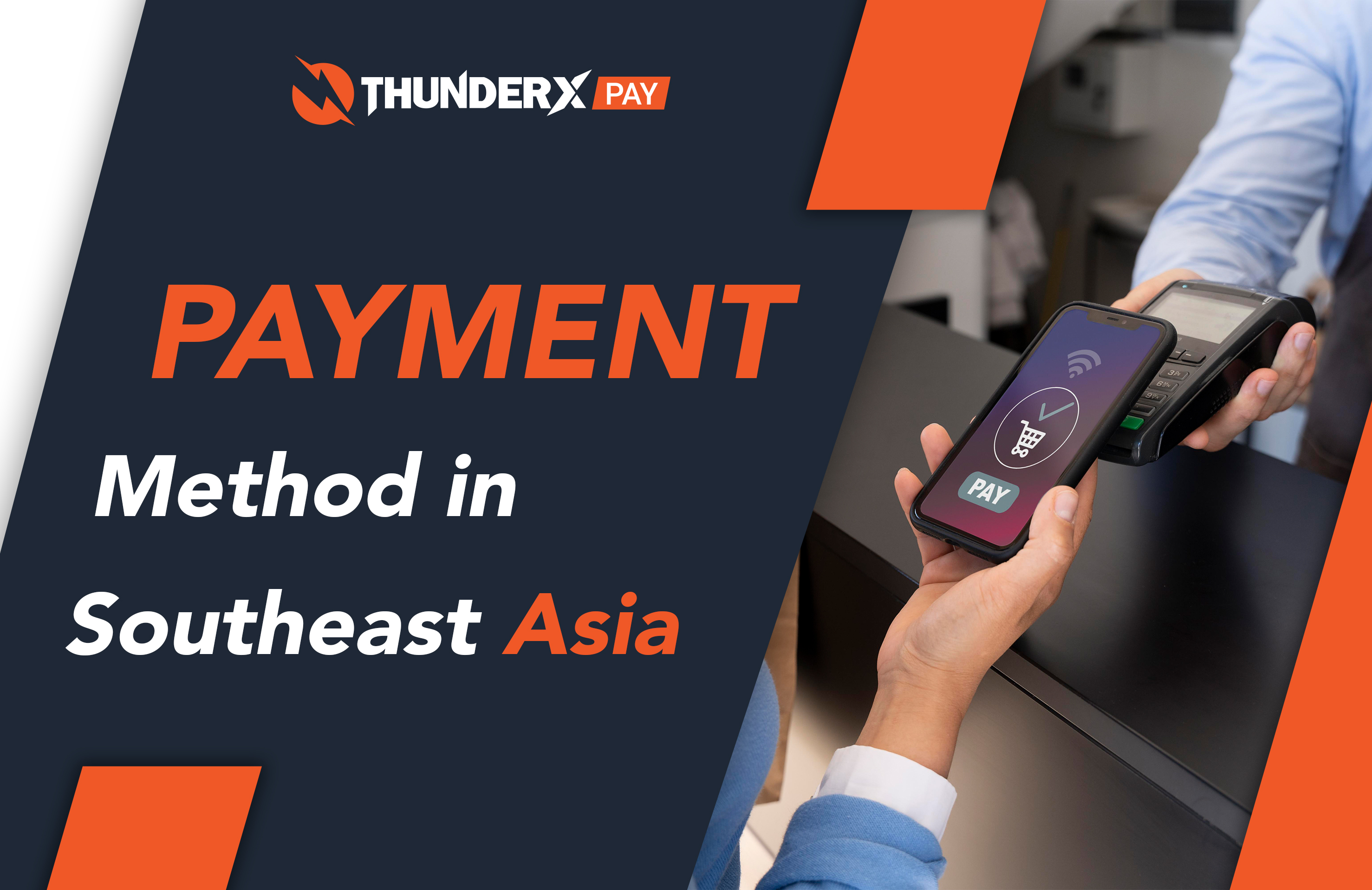
A market expert’s preview of the Thai Baht in 2022.
As a currency trader with 11 years of practical experience, my team and I specialised in long-range financial market forecasts for corporate and individual clients. We use reliable models for long-term and short-term forecasting of FX rates, interbank interest rates, cryptocurrency, and some other macroeconomic indicators. We are 100% independent from any banks, funds, or other market players. We provide you with original forecasts based on my own unique methodology. Our team of specialists uses mathematical and statistical methods of prediction based on existing historical data. Our team takes into account the following factors with varying degrees of importance: cyclic recurrence, knowing correlation of market indicators, changes in the availability and attractiveness of the instrument for speculators, electronic and algorithmic trading growth, regulatory intervention degree and frequency of significant events over time. The news, for people looking for some relief against a strong baht, is that it’s predicted to get stronger, not weaker, against many of the world’s currencies. Of course, there are many, many things that may affect the predictions during the next three years, but, for now, the






